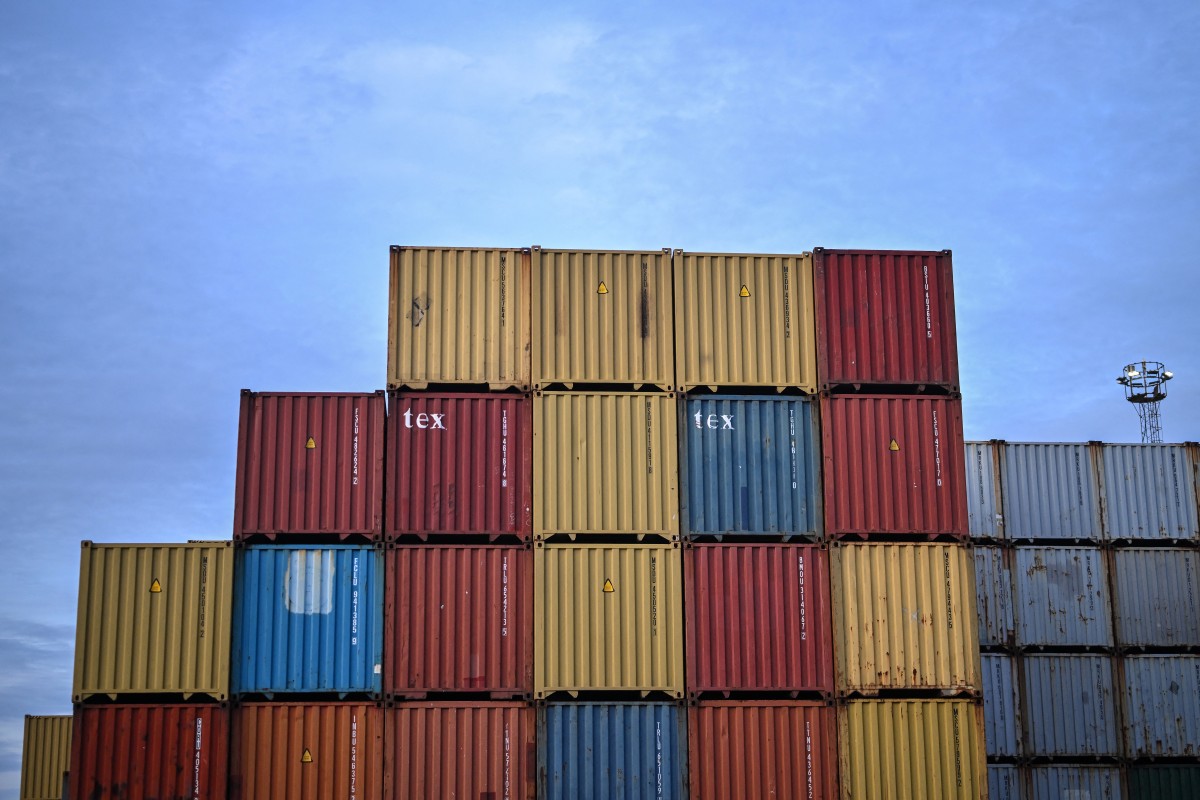Iran imports basic commodities worth USD6.3B in 5 months
(MENAFN) The Islamic Republic of Iran Customs Administration (IRICA) recently reported that the country imported basic commodities worth USD6.3 billion during the first five months of the current Iranian calendar year, which spans from March 20 to August 21. This substantial figure highlights the nation's ongoing efforts to secure essential goods despite economic challenges. According to the IRICA, the total weight of these imported basic goods amounted to 1.3 million tons, underscoring the scale of Iran's reliance on international trade to meet domestic needs.
In tandem with these developments, the Central Bank of Iran (CBI) has revealed that it provided over USD27 billion in subsidized foreign currency to support the importation of basic goods within the same five-month period. This allocation reflects the government's strategy to stabilize the domestic market by ensuring access to essential goods at lower costs. Specifically, the CBI reported that USD27.263 billion was earmarked for the importation of basic goods, medicines, commercial goods, and other products. These imports were facilitated under arrangements that allowed imports in exchange for exports of goods or services from Iran, demonstrating the interconnected nature of the country's trade policies.
The CBI's data further detailed that basic goods and medicines are being imported at a rate of 285,000 rials per U.S. dollar, a rate significantly lower than the prevailing market exchange rate of around 590,000 rials per U.S. dollar. This disparity reflects the government's commitment to subsidizing essential imports to protect consumers from market volatility. Additionally, importers can access foreign currency through the CBI’s Forex Management Integrated System, known as NIMA, where the rate stood at 450,937 rials per U.S. dollar as of August 17.
Moreover, the CBI reported that USD6.151 billion of the subsidized currency had been specifically allocated to the importation of basic goods and medicines by mid-August. Of this amount, USD4.85 billion was used to import wheat, oil seeds, and animal feed, while the remaining funds were directed toward medicine, active pharmaceutical ingredients, and medical equipment. The bank also noted that approximately USD14.639 billion had been supplied to importers at the NIMA rate or similar rates for the importation of commercial goods, including vital components and equipment for industries such as manufacturing, mining, power, electronics, and textiles. Additionally, USD5.814 billion was spent on imports facilitated through exchanges tied to exports of services and goods from Iran during the same period.
In tandem with these developments, the Central Bank of Iran (CBI) has revealed that it provided over USD27 billion in subsidized foreign currency to support the importation of basic goods within the same five-month period. This allocation reflects the government's strategy to stabilize the domestic market by ensuring access to essential goods at lower costs. Specifically, the CBI reported that USD27.263 billion was earmarked for the importation of basic goods, medicines, commercial goods, and other products. These imports were facilitated under arrangements that allowed imports in exchange for exports of goods or services from Iran, demonstrating the interconnected nature of the country's trade policies.
The CBI's data further detailed that basic goods and medicines are being imported at a rate of 285,000 rials per U.S. dollar, a rate significantly lower than the prevailing market exchange rate of around 590,000 rials per U.S. dollar. This disparity reflects the government's commitment to subsidizing essential imports to protect consumers from market volatility. Additionally, importers can access foreign currency through the CBI’s Forex Management Integrated System, known as NIMA, where the rate stood at 450,937 rials per U.S. dollar as of August 17.
Moreover, the CBI reported that USD6.151 billion of the subsidized currency had been specifically allocated to the importation of basic goods and medicines by mid-August. Of this amount, USD4.85 billion was used to import wheat, oil seeds, and animal feed, while the remaining funds were directed toward medicine, active pharmaceutical ingredients, and medical equipment. The bank also noted that approximately USD14.639 billion had been supplied to importers at the NIMA rate or similar rates for the importation of commercial goods, including vital components and equipment for industries such as manufacturing, mining, power, electronics, and textiles. Additionally, USD5.814 billion was spent on imports facilitated through exchanges tied to exports of services and goods from Iran during the same period.

Legal Disclaimer:
MENAFN provides the
information “as is” without warranty of any kind. We do not accept
any responsibility or liability for the accuracy, content, images,
videos, licenses, completeness, legality, or reliability of the information
contained in this article. If you have any complaints or copyright
issues related to this article, kindly contact the provider above.
Most popular stories
Market Research

- Mediafuse Joins Google For Startups Cloud Program To Scale AI-Driven, Industry-Focused PR Distribution
- PLPC-DBTM: Non-Cellular Oncology Immunotherapy With STIPNAM Traceability, Entering A Global Acquisition Window.
- New Silver Launches In California And Boston
- Invromining Expands Multi-Asset Mining Platform, Launches New AI-Driven Infrastructure
- Forex Expo Dubai 2025 Returns October 67 With Exclusive Prize Draw Including Jetour X70 FL
- Innovation-Driven The5ers Selects Ctrader As Premier Platform For Advanced Traders





















Comments
No comment